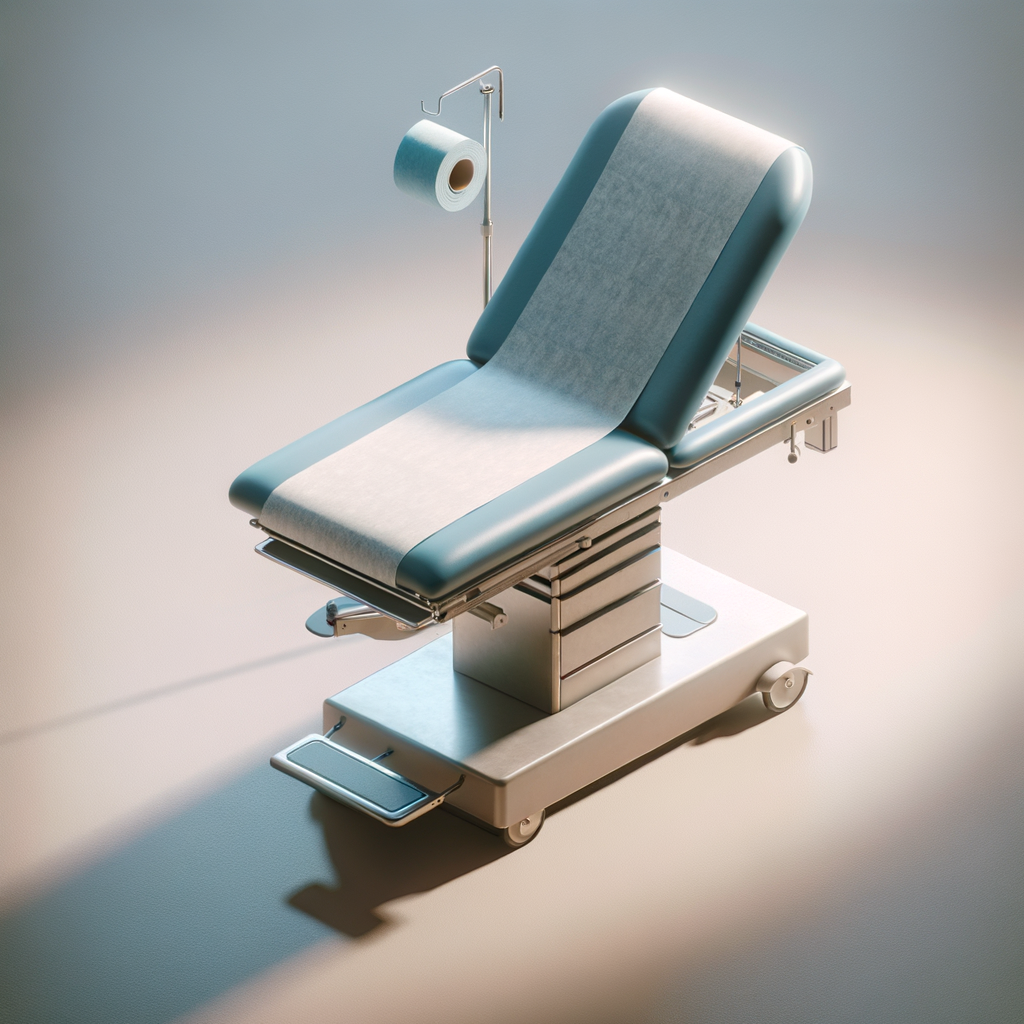In the fast-paced environment of medical facilities, maintaining impeccable hygiene is paramount. One of the often-overlooked aspects of this is the cleanliness of medical tables. These tables, where patients are examined, treated, or undergo procedures, play a crucial role in healthcare delivery. Ensuring they are clean and well-maintained is not just about appearances; it directly impacts patient health and safety.
Understanding Medical Tables
Medical tables come in various forms, from examination tables to surgical tables, each serving specific purposes. They are typically made from materials such as stainless steel, plastic, or vinyl, chosen for their durability and ease of cleaning. These tables are essential for patient positioning, examination, and treatment procedures, making them indispensable in healthcare settings.
Importance of Hygiene in Medical Settings
The significance of maintaining hygiene in medical settings cannot be overstated. Poor hygiene poses significant risks, including the spread of infections and diseases, which can have severe consequences for patients, staff, and the facility as a whole. Moreover, healthcare facilities are subject to stringent regulations regarding cleanliness, with non-compliance carrying legal and reputational repercussions.
Best Practices for Cleaning Medical Tables
Effective cleaning of medical tables begins with proper preparation. The cleaning area should be well-equipped with the necessary supplies, including disinfectants and personal protective equipment (PPE). When choosing cleaning agents, it’s essential to select those specifically formulated for medical equipment to ensure thorough disinfection without damaging the table surface.
Daily Cleaning Routine
A daily cleaning routine is essential for maintaining the cleanliness of medical tables. This involves removing surface debris such as dust and bodily fluids, followed by wiping down the table with an approved disinfectant. Paying particular attention to high-touch areas such as handles and adjustment mechanisms helps prevent the spread of germs.
Weekly Maintenance
In addition to daily cleaning, medical tables require periodic deep cleaning to remove stubborn stains and disinfect hard-to-reach areas. Regular inspections should also be conducted to identify any signs of wear or damage that may compromise the table’s functionality or hygiene. Prompt repair or replacement of worn components is crucial for ensuring continued patient safety.
Ensuring Staff Compliance
Ensuring staff compliance with hygiene protocols is essential for maintaining cleanliness in healthcare settings. This requires comprehensive training and education on proper cleaning techniques and the importance of adherence to established protocols. Implementing accountability measures, such as regular audits and performance evaluations, helps reinforce the importance of cleanliness among staff members.
Patient Communication and Perception
Effective communication with patients regarding hygiene practices is vital for building trust and confidence in the healthcare facility. Transparently explaining cleaning procedures and reassuring patients about the steps taken to maintain cleanliness can alleviate concerns and enhance patient satisfaction. Addressing any patient feedback or concerns regarding hygiene promptly demonstrates a commitment to patient safety.
Technological Advancements in Hygiene
Advancements in technology offer promising solutions for improving hygiene practices in healthcare settings. UV-C light sterilization systems, self-cleaning surfaces, and automated cleaning systems are examples of innovations that streamline the cleaning process and enhance effectiveness. Integrating these technologies into existing hygiene protocols can further reduce the risk of infections and improve overall cleanliness.
Cost-Effectiveness of Hygiene Practices
While investing in hygiene practices may incur initial costs, the long-term benefits far outweigh the expenses. Maintaining a clean and hygienic environment reduces the risk of healthcare-associated infections, resulting in fewer patient complications, hospital readmissions, and associated costs. Moreover, the economic benefits of a clean environment, such as improved patient satisfaction and retention, contribute to long-term financial sustainability.
Case Studies and Success Stories
Numerous healthcare facilities have successfully implemented effective hygiene protocols, resulting in positive outcomes for both patients and staff. These success stories serve as inspiration and provide valuable insights into the practical implementation of hygiene best practices. By sharing these experiences, healthcare facilities can learn from each other and continually improve their hygiene standards.
Challenges and Solutions
Despite the importance of hygiene, healthcare facilities may encounter challenges in implementing and maintaining effective cleanliness protocols. These may include resistance to change, budget constraints, and the need to tailor solutions to specific settings. By identifying and addressing these challenges proactively, healthcare facilities can develop strategies to overcome obstacles and ensure ongoing compliance with hygiene standards.
Future Trends in Medical Table Hygiene
Looking ahead, the future of medical table hygiene is likely to be shaped by ongoing technological advancements and evolving regulatory standards. Emerging technologies such as nanotechnology and antimicrobial coatings hold promise for further improving the cleanliness and safety of medical tables. Additionally, shifts in regulatory requirements may necessitate updates to existing hygiene protocols to ensure compliance and patient safety.
Conclusion
In conclusion, maintaining cleanliness and hygiene in medical settings, including the proper cleaning and maintenance of medical tables, is essential for ensuring patient health and safety. By adhering to best practices for cleaning and disinfection, implementing innovative technologies, and fostering a culture of cleanliness among staff and patients, healthcare facilities can create environments that promote healing and wellness. Prioritizing hygiene not only reduces the risk of infections and complications but also enhances patient satisfaction and trust in the healthcare provider.
